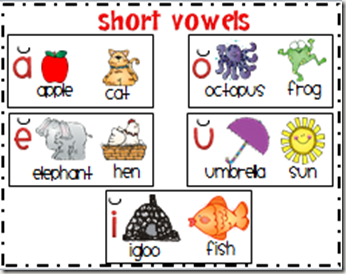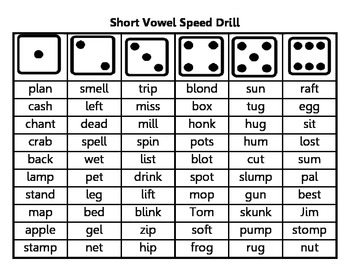

Does every language have vowels?Įvery language has vowels, but languages vary in the number of vowel sounds they use. Th sounds are made when the tongue goes between the teeth ( interdentals). K sounds are produced by bringing the back of the tongue up to your soft palate ( velars). B sounds are produced by bringing the lips together, for instance ( bilabials). Where that restriction or closure occurs in your vocal tract determines what consonants you are making. If you do restrict or close your airflow in a significant way, you’re in consonant territory. Say “ahh,” but then flick your tongue all around your mouth, wriggle your lips and jaws around, let out the noise at different volumes, but don’t ever fully stop that airflow. Here’s the part where you get to act like kid. Vowels can vary in pitch and loudness, too. The tongue can be at various heights in the mouth (such as high, mid, or low) and at various positions (front, central, or back). Bat is and bait is, for instance.Īccording to phoneticians, a vowel is a speech sound that is made without significant constriction of the flow of air from the lungs. To get around the limitations of written systems, linguists use what is known as the International Phonetic Alphabet (IPA), a set of symbols used to represent the sounds in all the world’s languages regardless of how they are written. Their spellings are similar, but their vowel sounds are quite different. What is the difference between a vowel and a consonant?Ĭonsider the words beet and beat, which feature different spellings for the same sound ( homophones).

In this article, we’ll explore the difference between consonants and vowels and explain why certain letters are considered vowels-and why some can fall into either category depending on which sound they make.


Vowels and consonants are two different categories of sounds that linguists (in the branch of linguistics called phonetics) use to explain how speech sounds work. You might be able to recite the letters considered vowels in the English language: A, E, I, O, U, and sometimes Y.


 0 kommentar(er)
0 kommentar(er)
